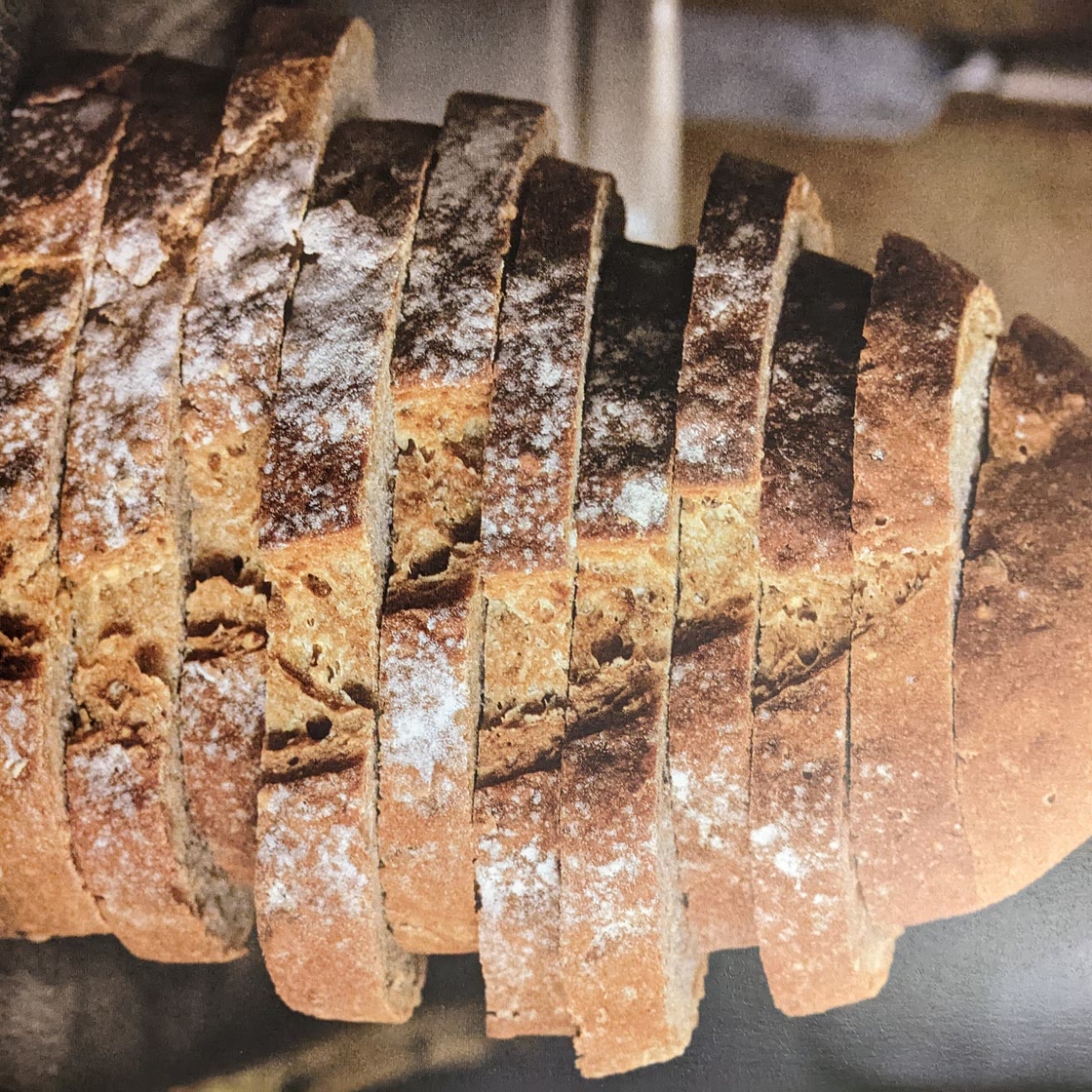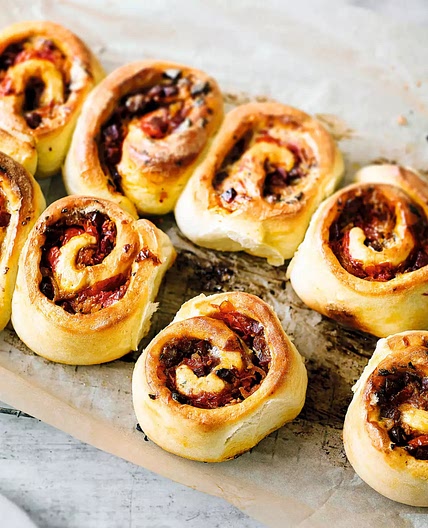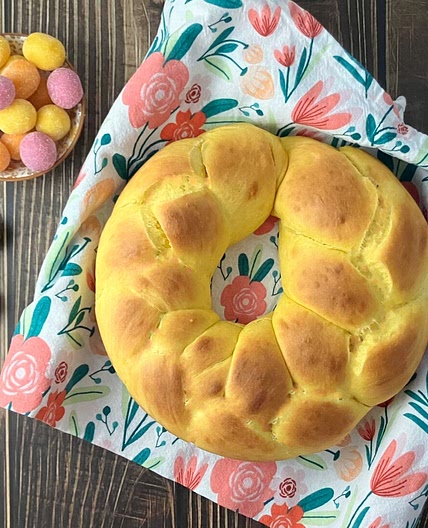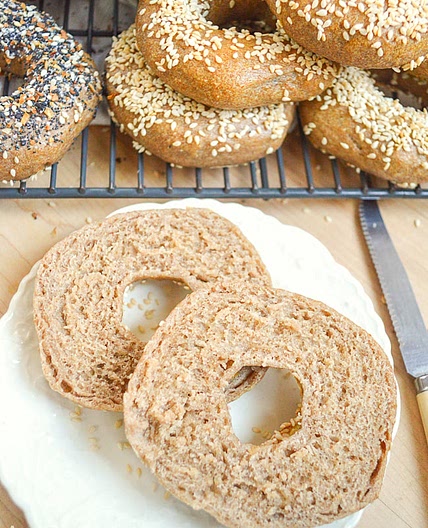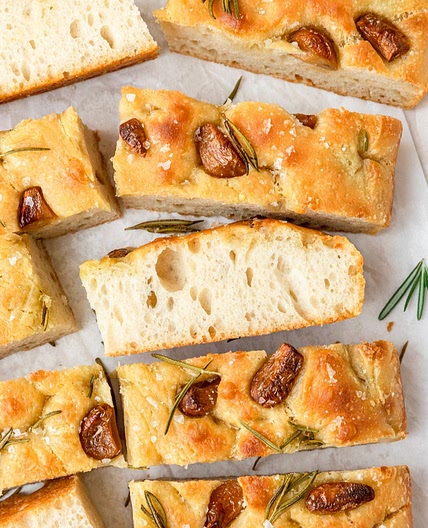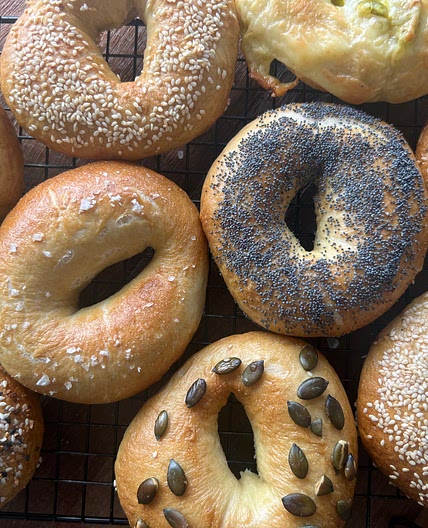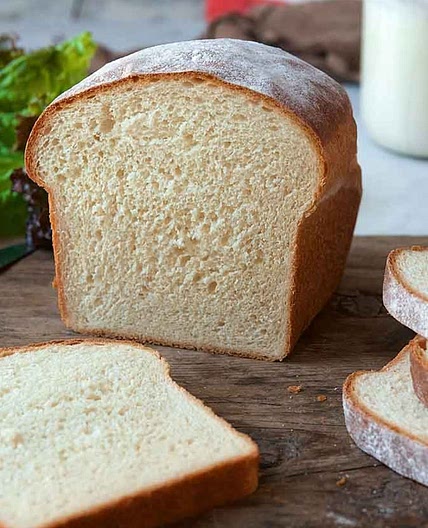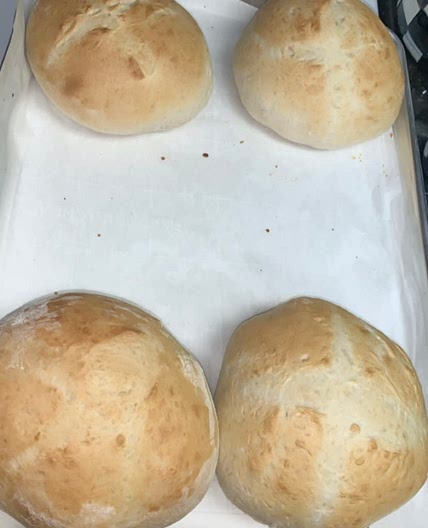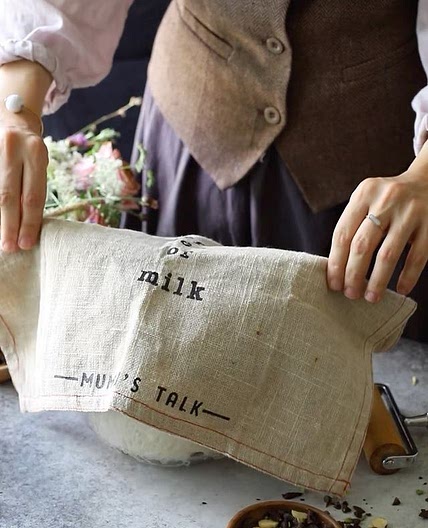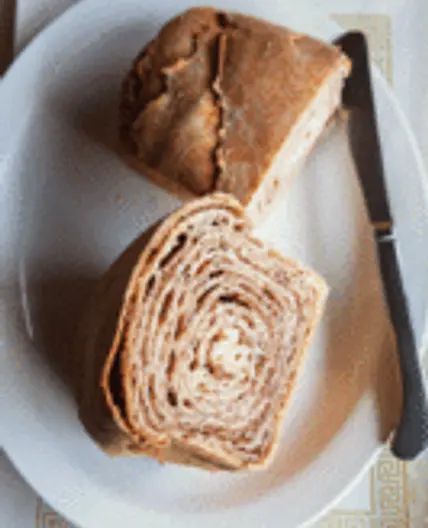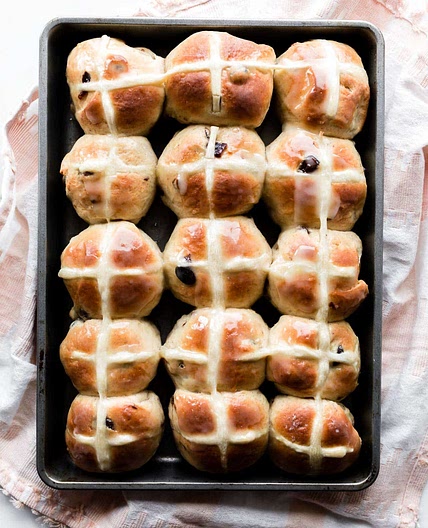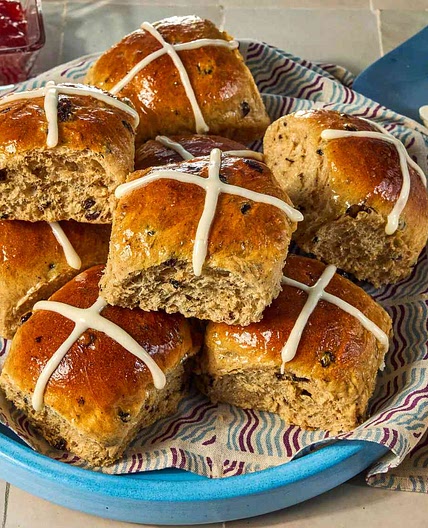By Andrea Gibbons
Seeded cereal bread
This bread is very straightforward to make as it doesn't require a starter dough. Enhanced by the textures, flavours and nutrients of a variety of seeds and grains, including malted wheat flakes, barley flakes, sunflower seeds, miller and oats, it has a lovely texture and a wonderful depth of flavour. Ibuy my aced mis from Shipton Mill, my local mill, which I have used for the past to years, it is also available online.
Planning ahead These loaves freeze successfully. Makes 3 loaves
Updated at: Fri, 16 Aug 2024 06:57:53 GMT
Nutrition balance score
Good
Glycemic Index
71
High
Glycemic Load
55
High
Nutrition per serving
Calories478.7 kcal (24%)
Total Fat11.8 g (17%)
Carbs77.4 g (30%)
Sugars1 g (1%)
Protein16.8 g (34%)
Sodium785.6 mg (39%)
Fiber5.5 g (20%)
% Daily Values based on a 2,000 calorie diet
Ingredients
10 servings
Instructions
Step 1
To mix and knead the dough Put all the ingredients into the bowl of the mixer. fitted with the dough hook. Mix on low speed for 5 minutes, then on medium speed for 6-7 minutes to knead the dough. Alternatively, you can knead the dough by hand on a lightly floured surface, stretching and kneading it for 10 minutes or so. Test the elasticity of the dough by making sure that you can stretch a small piece between your fingers without it breaking.
Step 2
For the first proving Scoop out the dough and place in a lightly floured bowl. Cover loosely with a clean cloth or cling film and leave to rise at room temperature for 1 hour.
Step 3
For the second proving Divide the dough into three (600g portions), shape into oblongs and place each in a lightly greased loaf tin. Cover loosely with a plastic sheet (tented to avoid sticking) or a clean cloth and leave to prove at room temperature for 1-1% hours or until doubled in bulk.
Step 4
To prepare for baking While the loaves are proving, preheat the oven (without the fan) to its highest setting, 250°C/Gas 10. Slide a baking stone or sturdy baking. tray onto the middle shelf and place a small roasting tin on the shelf below.
Step 5
To bake the bread Slide the loaf tins onto the hot baking stone or tray in the oven. Pour a jug of boiling hot water into the roasting tin and quickly close the oven door. Bake for 25 minutes.
Step 6
On removing from the oven, upturn the tins and de-mould the bread. Leave to cool on wire racks.
Notes
Step 7
1 For advice on bread flour, see page 42.
Step 8
2 Buckwheat isn't actually a cereal flour, it is a fruit seed, related to rhubarb, which can be used as a highly nutritious, gluten-free alternative to wheat flour.
Step 9
3 If fresh yeast is unavailable then dried yeast can be used, but halve the quantity.
Step 10
4 Use cold water from the tap rather than warm water, which would activate the fermentation process too quickly and undermine the taste.
Step 11
5 There are two mixing speeds. The slow start mixes all the ingredients together. Mixing on the faster speed subsequently warms the dough and stretches the gluten in the flour, making the dough elastic and creating the right environment for fermentation to take place.
Step 12
6 Alternatively, you can shape the dough into balls or oval loaves by hand. Prove the loaves as above but on a baking peel or flat tray lined with silicone mats or non-stick baking paper. Flour the loaves lightly before baking directly on the baking stone or tray for the same time as above.
Step 13
7 If the dough dries out, it will form a crust and not prove properly, so cover it with a cloth and ensure that proving takes place in a draft-free room, at around 20°C (standard room temperature). A warm room would speed up fermentation, undermining the development of the flavour. A long, slow proving is always better for taste.
Step 14
8 I preheat a suitable container, about 20cm wide, in the oven to half-fill with boiling hot water as I put the bread in. This will generate steam, which will delay the formation of a crust and give the bread a longer opportunity to rise. It will also, at a later stage, give a better colour to the crust.
Step 15
9 Don't leave the bread in the tin, otherwise the trapped steam will soften the crust. Should you want a crustier loaf, you can bake the bread for 20 minutes in the tin, then de-mould and bake directly on the baking stone or tray for the last 5 minutes. The heat will be intense, so to avoid burning yourself, leave the door ajar for 5 seconds before taking the bread out of the oven.
Notes
1 liked
0 disliked
There are no notes yet. Be the first to share your experience!
